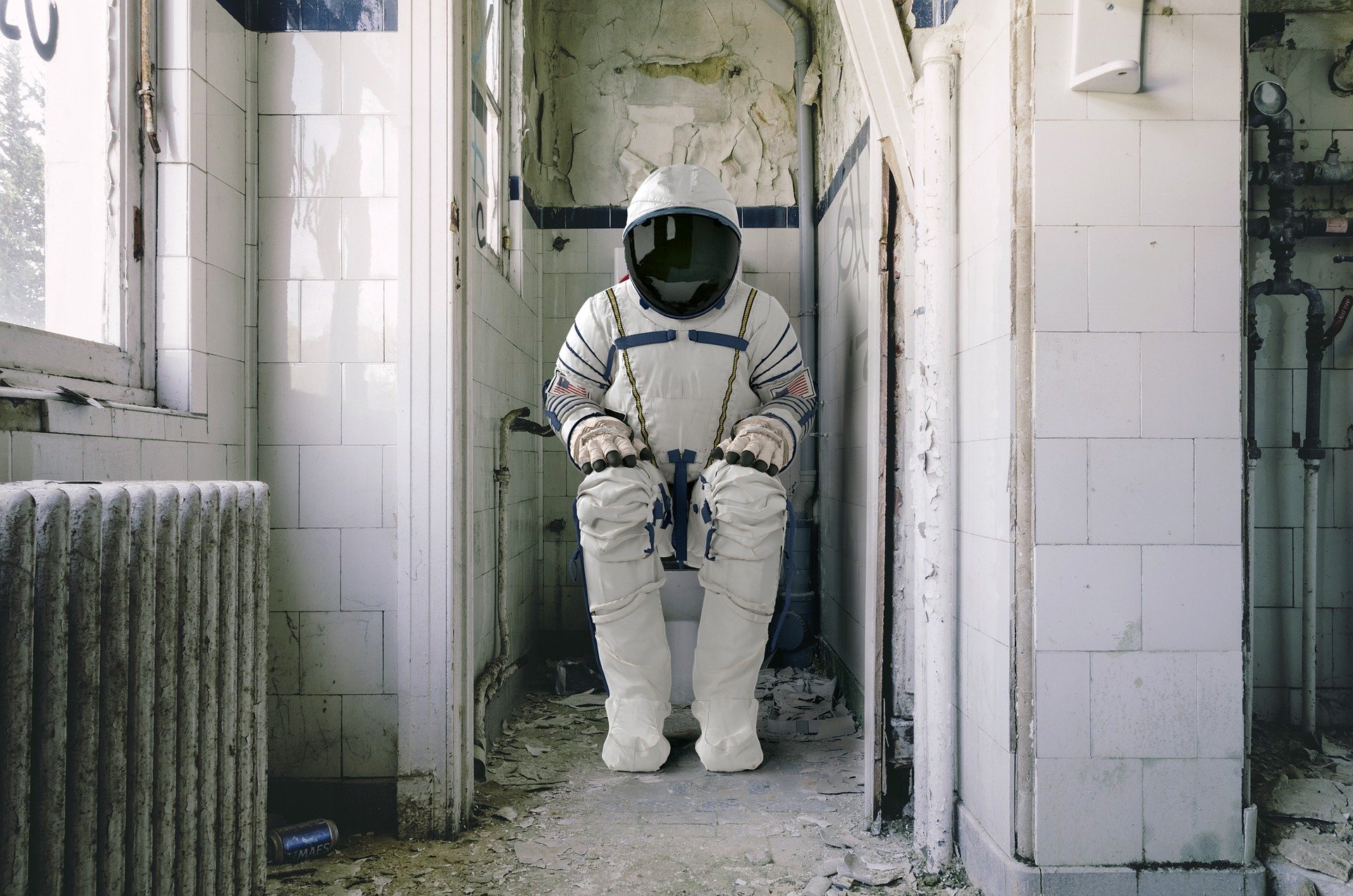All headlines are from The Guardian,
Headline : Nasa’s mega moon rocket to inch its way from factory to launchpad
March 17th
A Nasa mega rocket, taller than the Statue of Liberty is moving from the factory to the launchpad. The journey will take 11 hours to travel 4 miles. There are finals tests planned before the launch. The next-generation moon rocket needs to move in Florida, the journey will be recorded live by Nasa’s television and the space agency’s website. The SLS-Orion spacecraft has 32 storeys and weighs 5.75 million tons, and will be filled with a super cooled liquid of hydrogene and oxygene for launch. The next Nasa’s mission begins April 3.
Headline : Draughty window or door? Now it can be seen from space
February 20th
The British space company Satellite Vu wants to send heat-sensing satellites on a Falcon 9 Rocket next year. The role of these satellites is to detect heat loss from buildings and to save this energy. To achieve the goal of zero emissions of greenhouse gases, this project will prevent how heat is wasted in a building with thermal cameras and sensors. Six probes are to be launched in the next 3 years by Space X and to earn money to finance this project Satellite Vu will sell the data from these cameras.
Headline : International Space Station to crash down to Earth in 2031
Source: BBC News
February 3rd
The ISS in orbit since 1998, will continue to operate until 2030. In 2031, the ISS will crash into the ocean at Point Nemo, this point is known to be a spacecraft cemetry, other satellites have crashed there. The ISS can operate until 2024, and Nasa must wait for approval for any extension after 2024 from other companies working on the project. But after 2030, the ISS equipment will be outdated and it could be dangerous to work there.
Headline : James Webb telescope parked in observing position
Source : BBC News
January 27th
The James Webb telescope launched on December 25 by an Arian-5 rocket from Guyana, has finally arrived at its position. The telescope was nugded into an orbite around the Lagrange Point at 1.5 million kilometers from Earth. The purpose of the telescope is to observe and take pictures of the first stars in the Universe and of likely habitable planets.
For its mission, the telescope is able to see space in infrared light and to have a cold temperature for its scientific instruments (close to -230°C) to use the Near Infrared Camera.
